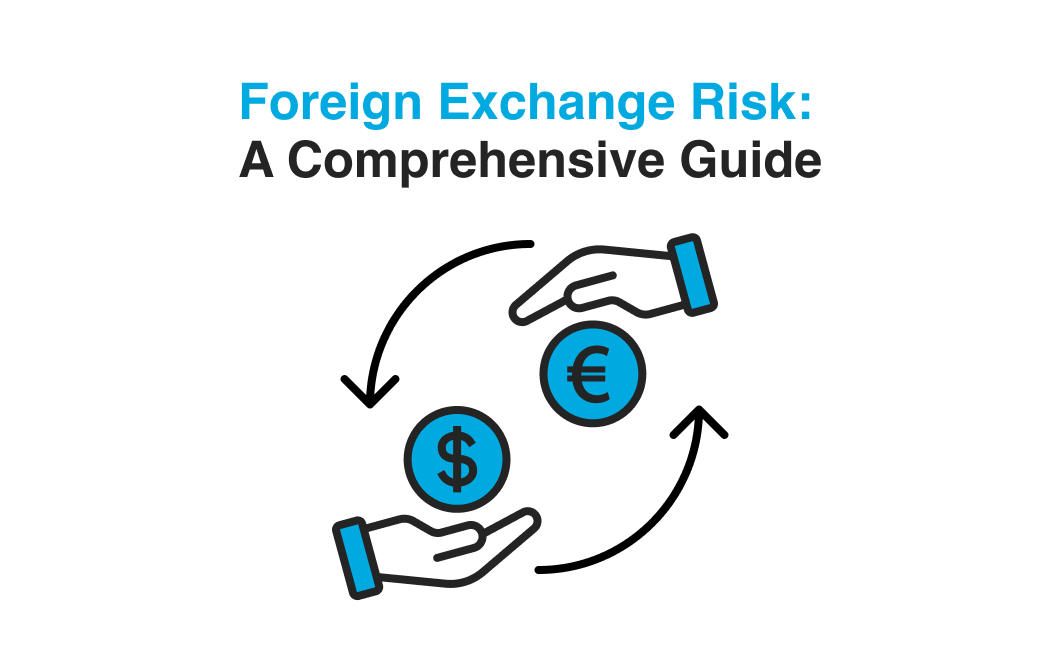Discover essential FX hedging strategies and currency management best practices from our foreign exchange experts.
EMIR: Corporate Compliance Reporting Checklist
Welcome to part 2 of 4 in our EMIR series. This follows our white paper on the topic, EMIR: All You Need to KnowThis checklist is intended to provide a synopsis of what is needed in order to be fully compliant with EMIR requirements, step by step, focusing on the EMIR reporting component.EMIR compliance checklist in order:
1. Obtain an LEI for each of your entities subject to EMIR
The governing body overseeing EMIR, ESMA, will use what is called a Legal Entity Identifier (LEI), used to distinguish between different derivative users such as your company. You will need to obtain an LEI for your company. For more information, visit http://www.leiroc.org/.
2. Identify all your derivative transactions
This is imperative in distinguishing which of your derivative transactions fall under EMIR’s remit
3. Identify what EMIR stages each derivative class is subject to
Distinguish between derivatives that are subject to all 3 EMIR components: clearing, risk-mitigation and reporting; and, derivatives that are subject to the reporting stage only, if and where applicable
4. Exchange data with counterparties (The other party in a transaction) you transact derivatives with
In each derivative transaction that falls under EMIR’s remit, each of the two main parties in a transaction has to both fulfil the EMIR requirements in full. You need to obtain all pertinent information on all your counterparties, such as their LEI. You also need to furnish your counterparties with this information.
5. Clarify UTI generation
Each transaction requires a Unique Transaction identifier (UTI). This is to be generated by one of the two counterparties in each transaction. Discuss in advance of each transaction who between your counterparty and you, is to generate the UTI for each transaction.
6. Investigate and clarify how you will manage EMIR’s third component: reporting.
Your company can handle the reporting or you can outsource this task to a third-party middleman. Kantox is fully EMIR compliant and provides a complete EMIR reporting and advice service to all our clients.
7. Investigate different Trade Repositories (TR) and choose which to report to
Your company will need to report each transaction to a TR under the EMIR reporting component. You can choose which TRs to report to. Some will be more suitable to your needs than others. Verify which of the six approved TRs you will report to. Once confirmed, complete all necessary implementation steps. For further information, visit http://www.esma.europa.eu/page/Registered-Trade-Repositories
8. Begin reporting process
Via a third-party middleman or through self-reporting.
Would you like to find out more about EMIR?
Download our Practical Guide to the European Market Infrastructure Regulation (EMIR)











